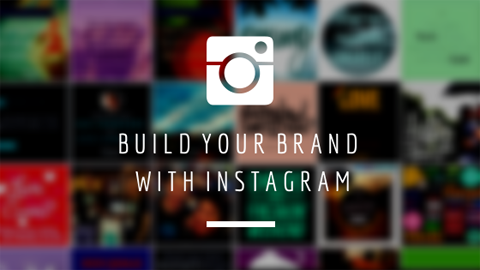
When you give, you’re more likely to get back. Nonprofit organizations everywhere are always in need of your help. Nonprofit organizations everywhere are always in need of your help. They all serve a purpose to further their cause. You may wonder, “Why should I give away my hard earned money to a nonprofit organization?” Giving back to nonprofits not only fosters a company growth but provides other benefits as well. The benefits of donating to a nonprofit organization:
Support Important Causes– By giving to a nonprofit organization, you will support causes that are important to you. When you donate, you are directly helping to remedy the problem which the organization works to address.
Feelings of Satisfaction– People generally fell better about themselves after helping those in need, and you can too. You may save a life or help others who are less fortunate.
Tax Deduction– A benefit of donating to a nonprofit organization, one which you will most likely find to be the most tangible, is a tax deduction.
Remember, it’s always better to give than to receive. The glory of donation to a nonprofit organization is that you give and receive at the same time.
Fight for a cause and make a difference!





